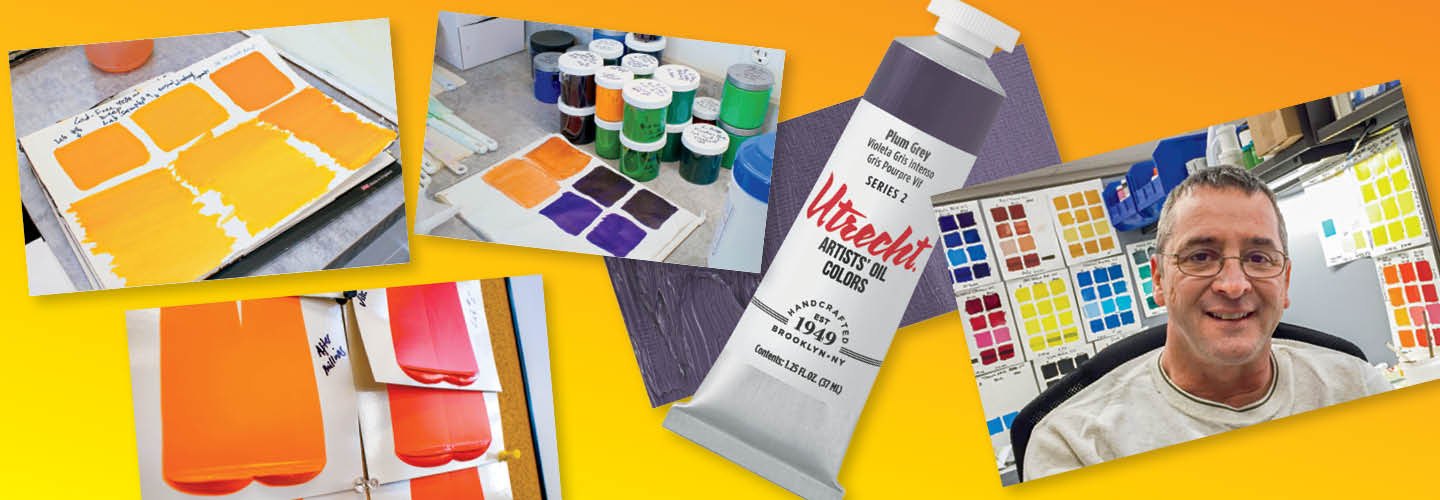Scholastic Art interviewed Joe Gyurcsak, who works in research and development for Utrecht, a company that makes paint. Part of Gyurcsak’s job is identifying and creating new colors. He collaborates with artists, chemists, and Utrecht’s marketing and manufacturing teams. Then he helps decide which new colors to offer artists, learns how to make them, and brings them to an art supply store near you.
- Research products that interest and inspire you.
- Collaborate with friends who have different skill sets to build a portfolio of new and improved designs for one or more products.
EDUCATION:
- Some research and development managers have a bachelor’s or master’s degree in business.
SALARY:
- Research and development managers can earn $78,000 to $170,000 or more, depending on experience and location.

